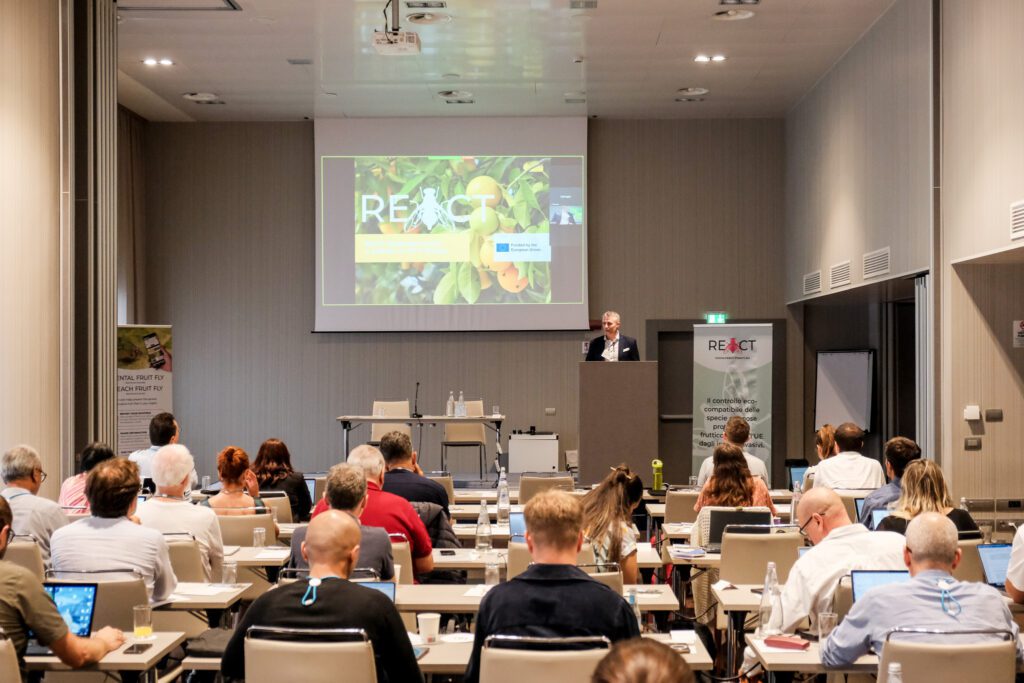REACT Stakeholder Meeting in Parma: Innovation, Regulation and the Future of SIT
A groundbreaking study by Aumann et al. (2025) reveals the genetic foundation of temperature-sensitive lethality (tsl) in the Mediterranean fruit fly (Ceratitis capitata), a key trait in the Sterile Insect Technique (SIT) for pest control. By identifying a single-point mutation in the Lysyl-tRNA synthetase (LysRS) gene through genome analysis and CRISPR/Cas9 editing, researchers replicated and reversed the tsl effect. These findings open the door to applying tsl-based genetic sexing in other pest species, offering a sustainable, DNA-neutral approach to species-specific population control.


